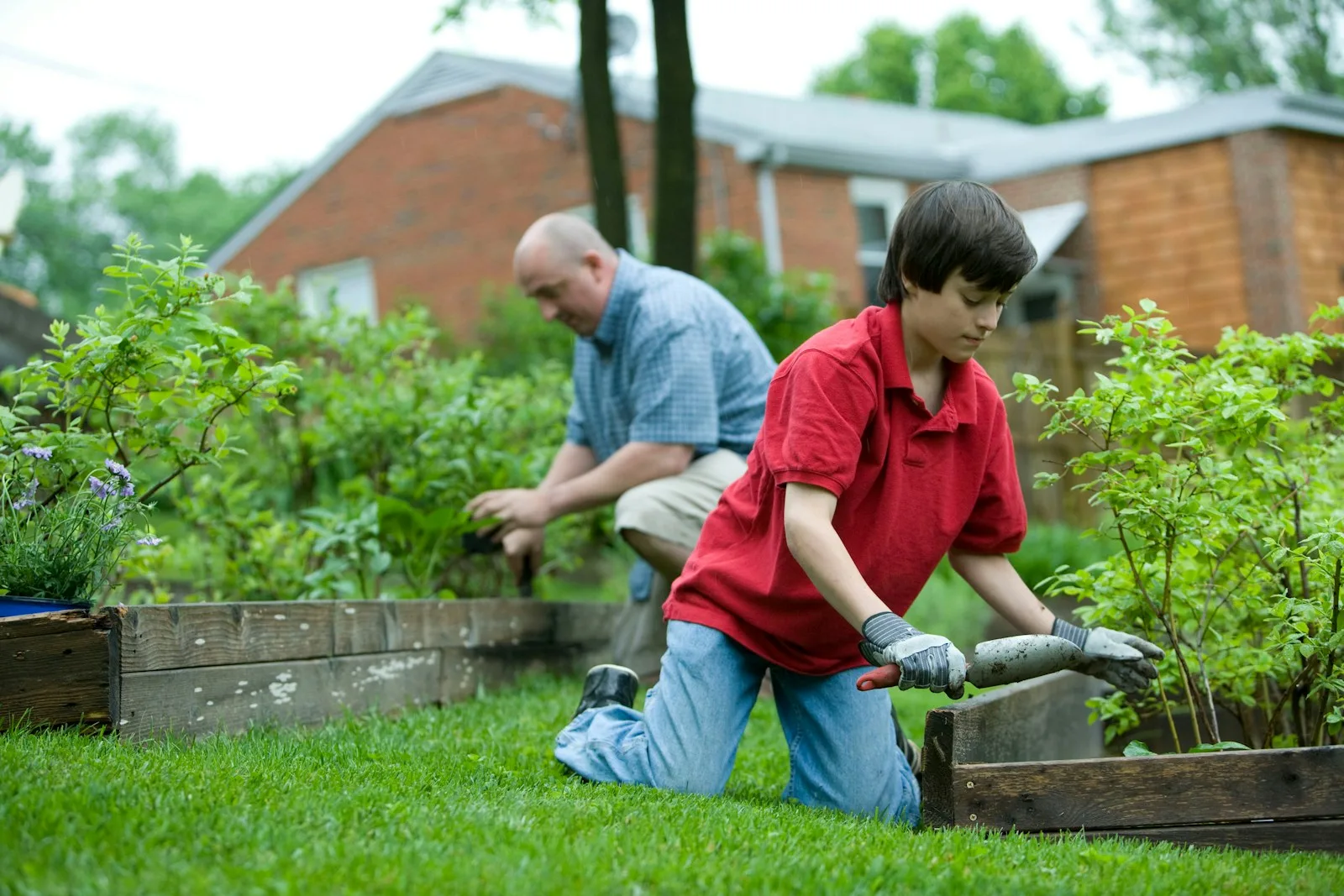Table of Contents
Potted flowering plants add vibrant color to any small or urban area, enlivening a deck, yard, or balcony with beautiful blooms, texture, and fragrance. For the maximum bloom display, fertilizing flowers grown in pots is essential.
Using fertilizers for flowersthroughout the season offers plants a helpful dosage of nutrients to keep them healthy and functioning. This is because blooming plants growing in containers can absorb all the goodness available in the soil, and nutrients can also seep away.
We speak with some experts to find the best fertilizer for flowering plants in pots so you can know when and how to feed flowers in containers, window boxes, and hanging baskets.

The different types of plant food for flowers in pots
Potted plants can be fertilized using liquid or granular fertilizers. Plants in container gardens should be fed both types of food, but at different times and for different purposes. So let’s consider what a good regimen might look like, the ideal product types to use and when to fertilize.
When to use fertilizer for flowering plants in pots

There are certain times when you should feed your flowers, whether you’re growing them as part of a container garden or simply scattering potted flowers across your lawn to add some extra color.
Potted plants quickly deplete all nutrients from the soil, and if watered throughout the growing season will release nutrients, regular topping will provide the plants with the nutrients they need to thrive. This will provide them with all the nutrition they need to thrive and create a stunning flower show.
Fertilizer should be started as soon as the seedlings are planted. This is true whether the plants are store bought or you are moving plants you have grown; Annual flowers are easy to grow from seed.
“Since flower roots can’t find their way outside of the soil in containers, incorporating a slow-release fertilizer at planting time is a great way to ensure a steady supply of nutrients for your flowers,” explains Amy Enfield, senior horticulturist at Scotts Miracle. -gro.
When you feed your plants when they are newly planted, they get a great start to life in their new container and can get all the nutrients they need for the first four to six weeks, after which you need to start a regular feeding regime.
When plants start
After buds and blooms develop, they benefit from consistent feeding throughout the flowering season.
Roseby Morton, founder of The Real Flower Company, suggests feeding plants with a liquid fertilizer every two weeks to give them a steady supply of nutrients that will take effect quickly and support healthy growth throughout the flowering season. This diet should be continued throughout the spring and summer.
How to pick a fertilizer for flowering plants in pots

It is important to understand the number of plant fertilizers on the packaging to choose the optimal feed. The composition of potassium, phosphorus and nitrogen will be indicated on all products as a ratio of three integers. Balanced feeds, for example, would indicate a 5-5-5 or 10-10-10 ratio.
Always add feed at the prescribed rate and be aware of the nutrient content of the product. Plants that receive too much fertilization become stressed and sick, making them more vulnerable to pests and diseases.
When growing flowers in pots, add a balanced, slow-release fertilizer to the potting soil to nourish the plants for months. These feeds are often granular materials that are mixed with potting soil; They can be synthetic or organic.
Chicken manure pellets that will slowly decompose in the soil, hand-made compost, and bone meal are some examples of organic fertilizers. Synthetic or inorganic fertilizers are frequently found online and in stores. These include concentrated feeds, such as those marketed as all-purpose plant food, which have higher nutrient levels than organic fertilizers.
Perennial flowers growing in pots will benefit from slow-release fertilizers being added each following spring and mixed into the potting compost.
Shop balanced plant food for flowers in pots

Burpee Natural Organic Granulated Plant Food 4-4-4 All Purpose
An all-purpose organic plant food that will sustain the growth and well-being of your plants throughout the season. Your plants can receive nutrients for up to three months after delivery.

All-Purpose Miracle-Gro Shake ‘N Feed Plant Food
A product rich in essential nutrients that support feeding and nutrition both above and below ground. This diet is specifically designed to support the growth of larger, more outstanding flowers. It is ideal for use in containers and on the ground and can be fed for up to three months.

Earth Natural & Organic Pure Gold Multipurpose Plant Meal Dr
An excellent all-purpose organic fertilizer that is homogenized and pelletized, suitable for all types of vegetables, flowers and potted plants, and which continues to feed for months.
Liquid fertilizers should be applied after flowering begins. These compounds are diluted in water and applied when you water the plants.
Because liquid fertilizers act quickly, they provide nutrients to plants for faster growth; However, this means they require frequent applications—little and often—during the growing season.
Phosphorus, a number in the middle of the N-P-K ratio, is suggested for use in a water-soluble, balanced fertilizer for potted flowers. This is because phosphorus is good for plants. This advice comes from Nadezhda Yaneva, gardening and plant expert at Fantastic Gardeners.
“Aim for a ratio like 10-15-10, which encourages strong root development and abundant flowering.”
You can make your own plant fertilizer, such as DIY comfrey fertilizer, or purchase a synthetic liquid fertilizer formulated specifically for flowering plants.
Shop liquid plant food for flowers in pots

Liquid Plant Food 10-15-10
A liquid plant fertilizer with an NPK ratio of 10-15-10 that can feed flowering plants in containers throughout the growing season.

